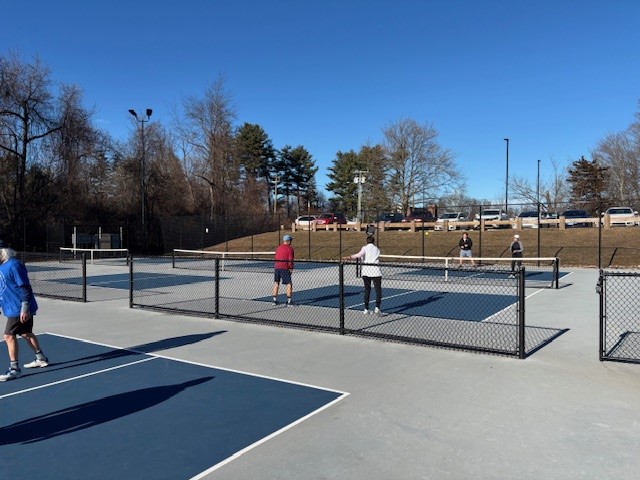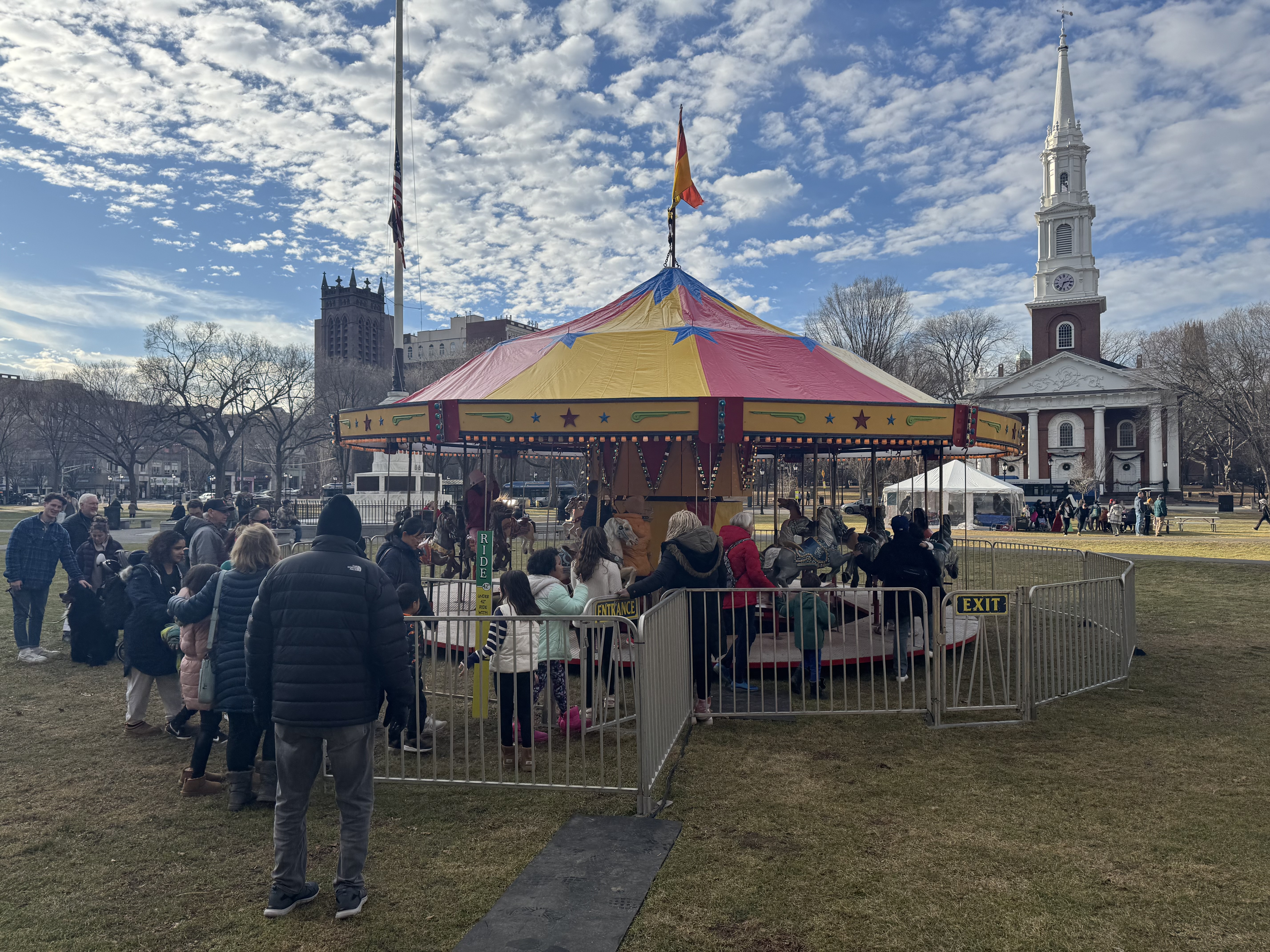On any given day, there are roughly 3,300 people experiencing homelessness in our state. It’s a number that experts say is underestimated, and a problem that may be hard to see if you live outside the city. NBC Connecticut found three people who know the struggle of rural homelessness intimately well. These are their stories.
A Domestic Violence Survivor
Homelessness Angela May became a proud homeowner 20 years ago, then her life fell apart.
“I never thought I would lose my house,” she told us.
That’s exactly what happened to May after she got divorced.
“My ex threw me down a flight of stairs,” she recalled.
The incident left her blind in one eye, half-deaf, and unable to work.
Local
She remembered what it was like the first night she was out on the streets after she was evicted from the apartment she was renting when she could no longer pay rent. She didn’t have a sleeping bag and laid on the cold ground.
“I was devastated. I didn’t know what I was going to do,” said May.
Like so many living on the edge in rural Connecticut, she went to the woods.
“Because I had to get off the street,” she said, explaining that she feared she could be arrested for loitering.
“There’s homeless people all over this town,” said May.
One night became two nights, became three nights.
“And it carried on,” she said.
May felt suicidal.
“I didn’t want to live anymore,” she remembered, tearing up. “The depression. The crying.”
May said she cried herself to sleep nightly as she lay under a tarp a friend set up for her in the woods. They also lit a fire for her, but she was afraid to light it herself and usually didn’t use it. Because of her disability, it was hard for her to walk, but she was far away from transportation.
“It was horrible. I had to walk downtown to get food,” said May who was able to use her food stamps.
During that desperate time she also saved her disability checks. May met a homeless man who eventually found his own apartment. After eight months of experiencing homelessness, she moved in with him and no longer fears she’ll have to live on the streets or in the woods.
“I feel very honored that I found somebody to help me out,” said May.
A Man in the Woods
Like May, many of those who find themselves homeless were once homeowners with families and full-time jobs.
“The paramedics had tears in their eyes cause they had to resuscitate me and they didn’t think I was coming back,” recalls Ryan Wetterskog.
At that moment, Wetterskog said he decided to kick the heroin habit he started four years earlier because of stress at work. His mother also committed suicide when he was 14.
“There’s no sugarcoating it. I did become homeless because of drugs. I own that. That’s a part of my story,” he admitted.
Two years clean, NBC Connecticut met Wetterskog outside the makeshift shanty he built out of tarps and tree branches in the middle of the Northeastern Connecticut woods he’s called home for three years.
“It’s a kitchen. I cook here. It’s a closet. I store all my clothes here. And, it’s a bedroom. I sleep here, I get dressed here. I brush my teeth here,” he said, taking us on a tour of his living quarters. “This is where I sleep. This is a big two-person military hammock,” he said patting a stack of pillows. “It’s surprisingly comfortable. Surprisingly comfortable. Surprisingly warm as long as you can stay in one place.”
He’s not the only one living in hiding in the quiet corner of Connecticut.
“We have another camp right there, you can see it in eye view. You have another camp over there,” he pointed out.
He’s given up getting into the shelter.
“It’s a big problem but the homeless shelter has a month-long waiting list,” said Wetterskog matter-of-factly.
Wetterskog set up a night vision, motion-sensing hunting camera for security. The unemployed 30-year-old starts every day with the same goal, to not go hungry.
“We’ll make a way to get food. Whether it’s collecting shopping carts, or collecting cans, or dumpster diving, we’ll get fed,” said Wetterskog. “We know all the dumpsters that throw away fresh food every day.”
Besides fixing bicycles, he’s been unable to find real work.
“You can’t do anything without an ID. The job, you can’t get into a shelter, you can’t get food stamps, reclaim your benefits online, you can’t do anything without an ID. You can’t,” said Wetterskog who said he lost his ID when he was incarcerated and wasn’t able to find transportation to pick it back up when he got out.
This is not forever, he said.
“This isn’t how I want to spend the rest of my life. I do want to be housed.”
Chronically Homeless
Eric Langley said he’s been homeless three times.
“Is it hard falling asleep outside night after night? In the beginning it’s hard but you get used to it and that’s the scary part when you can deal with it,” the Plainfield man explained.
Langly said he’s lived just about everywhere.
“On the street. Lived in a tent, anywhere I could,” said Langly.
He slept in Killingly's Davis Park, trying not to get caught by authorities.
“There was probably 13 or 14 that lived homeless here,” said Langly.
Right now, he’s couch-surfing.
Just like those who sleep on a friend’s porch or in their car, he’s not counted as homeless because he has a roof over his head, something that agencies that deal with homelessness say minimizes the problem.
“I want my own place. I’d be happy in my own place,” said Langly.
With colder weather settling in, he’s happy to have a place to go. He said he dreads being homeless in the dead of winter.
“Awful. The worst feeling. I hate being cold, to me it’s worse. Some people like the cold. I hate it,” he said. “I’ll never forget the worst feeling in the world, somebody stole my tent. That was probably the lowest point in my life.”
Homelessness in Connecticut
On any given day, there are roughly 3,300 people experiencing homelessness in our state. It’s a number that those on the front lines say is greatly underestimated. While the problem may be obvious if you live or work in a city, in our smaller towns it’s often hidden.
“In rural homelessness people go to the edges. They go to the rivers, they go to the railroad tracks in order to access areas that are in the woods where they are not going to be seen,” said Ann Miller of TEEG.
TEEG, a grassroots social services agency in Thompson, gave out tents to dozens of people in July who were on a waiting list for the area’s only year-round shelter that welcomes men, women, and children.
“Sixty-seven people waiting was only a small amount of the people we knew were homeless,” said Miller.
In January of 2017, former Connecticut Governor Dan Malloy proclaimed an end to chronic homelessness in the state.
Miller said since then the problem has only gotten worse due to a lack of affordable housing.
“I’m feeling an increase at my agency I can tell you that as a fact,” she said.
Miller said there are large pockets of homeless in Killingly and Putnam, all served by a single shelter which only holds 30 people. On some winter nights, 15 more are allowed in to escape the cold.
“Some would have cots and when we ran out of cots they would either sleep on the floor or in chairs,” said David Shadbegian, who runs the ACCESS Emergency Shelter in Danielson. “It would be so cold that there were concerns about people freezing to death.”
“When people are excited to be number 20 on a waiting list, that’s bad,” said Trooper First Class Howard Smith of the Connecticut State Police Department of the shelter situation.
With the blessing of his bosses at the CSP, Smith has made it his mission to find those who are living on the edges to connect them to the right resources. He also helped connect NBC Connecticut with the people he’s helping so that we could tell their stories.
“I started noticing more and more homeless and thought there’s got to be a way to help these people somehow,” recalled Smith.
We met Smith at an abandoned encampment behind a Target where broken picture frames, appliances, and even a toilet sat in the middle of the woods.
“Sad reminders of everyday life: a toaster that they’ll never be able to use, people’s personal belongings, pictures of loved ones that they may or may not see again,” he said as he walked through the scattered mementos.
He pointed out that because many rural homeless are forced to live on the outskirts they are a long way from any kind of assistance or shelters.
“If you’re living out here in the woods you’re not downtown,” he pointed out. “Just think, they’re out here sleeping under a tent or in a sleeping bag in the middle of nowhere and they have no way of getting help. God forbid something goes wrong, we’re never going to find them out here.”
In between his daily duties as a state police trooper, Smith seeks out those in dire straits, hoping to get them on the right track.
“I’m not going to end it. I’m going to at least try to help,” said Smith. “Cause it’s the right thing to do. Non-profits in the area are partnering to open up a second shelter during the winter months. They are still searching for funding. To learn more about the project click here.



